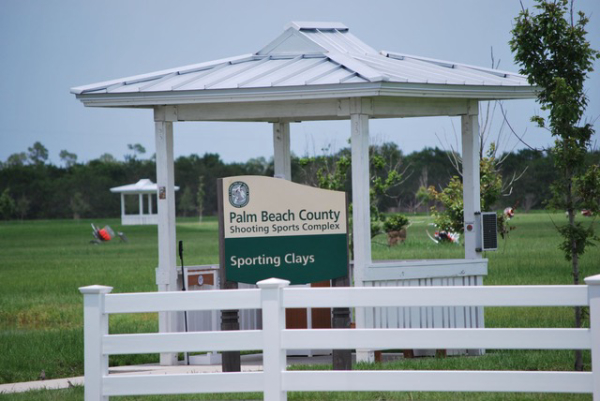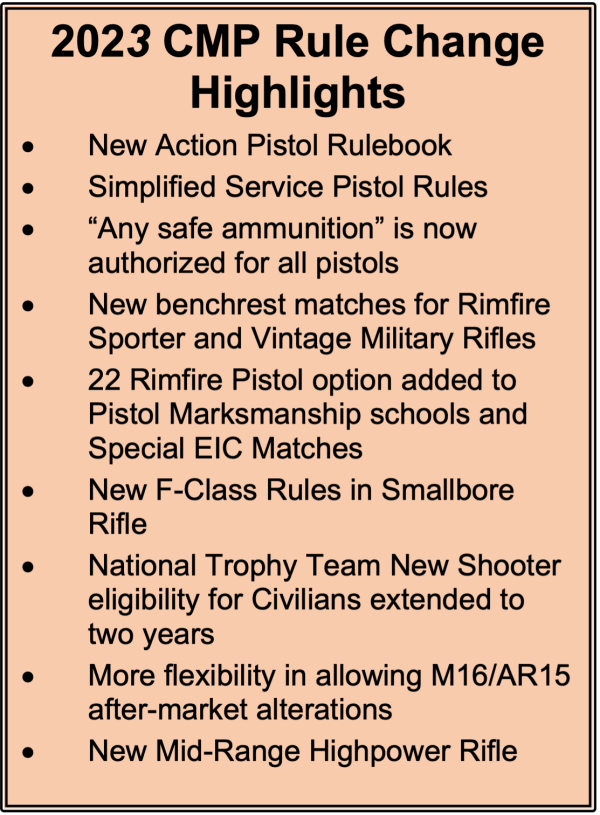NSSF Study Shows Lower-Than-Expected Rates of Hunting Among Recent Hunter Ed Graduates
FERNANDINA BEACH, Fla. – Filled classrooms at Hunter Safety courses are a good thing, but perhaps more important is the number of students that actually participate in hunting after they graduate. A recent survey, funded by the National Shooting Sports Foundation (NSSF) and conducted by Southwick Associates, focused on participation levels of students in the years immediately following their graduation from hunter education class. The survey revealed that a significant percentage of hunter education students do not buy a license after graduating.
Twelve state wildlife agencies supplied data for the survey, which profiled the subsequent hunting license buying habits of hunter education graduates from 2006-2011.
- · Just 67.7 % of graduates over the six-year period purchased at least one license.
- · While some graduates took hunter education with no intention of hunting, others needed assistance to make the leap to become an avid hunter.
- · After six years, only 44 % of graduates still bought licenses.
- · Graduates from highly urbanized areas showed the greatest dropout rates indicating a greater need for intervention efforts.
- · People graduating in warmer months represented the greatest percentage of graduates who never purchased a license.
- · In most states, graduates between the ages of 16 to 24 were less likely to buy a license six years after graduating, which showed the transient nature of young people. This held true for college students and those in the military.
“This shows us that simply encouraging people to obtain their hunter safety certificate is not enough,” said Rob Southwick, president of Southwick Associates, which designs and conducts surveys such as HunterSurvey.com, ShooterSurvey.com, and AnglerSurvey.com. “The hunting community needs ways to encourage new graduates to buy a license and go hunting. Whether that means more programs for state agencies to get people out hunting, private industry intervention, or simply more hunters taking their neighbor’s kid into the woods, remains to be seen. “
It is the belief of the NSSF that the results from this study will help the hunting community determine where intervention is needed to maintain hunting participation among newer hunters.
The full results from the survey can been seen in greater depth at click here
Southwick Associates helps the outdoor industry, management agencies and non-profit organizations understand the size of markets, sales and participation trends and the economic aspects of hunting, fishing and other outdoor recreation and conservation issues.






